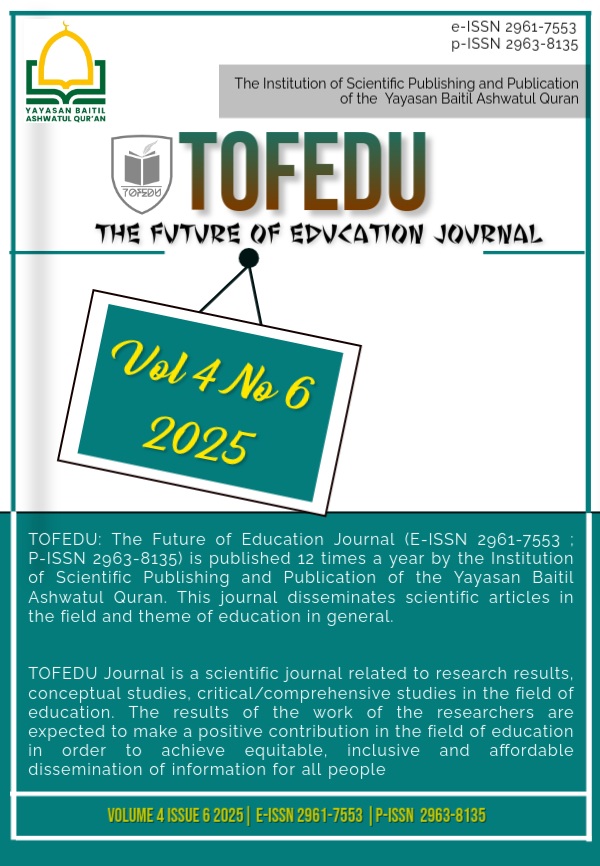Income Tax Article 21 Planning Strategy for Corporate Tax Burden Efficiency: A Case Study at PT IHP
Main Article Content
Abstract
This study aims to analyze tax planning strategies related to Income Tax Article 21 to improve corporate tax burden efficiency. The research focuses on PT IHP using a descriptive qualitative approach through observation, interviews, and documentation. This study compares three calculation methods of Income Tax Article 21, namely the net method, gross method, and gross-up method. The analysis results indicate that the company currently uses the net method, which causes the tax burden to be non-deductible and reduces fiscal efficiency. Calculation simulations show that the gross method yields the highest tax efficiency with the lowest total tax burden, while also increasing the company’s net profit. Meanwhile, the gross-up method is considered optimal from the employee welfare perspective but increases company costs. Therefore, the gross method is recommended as the most effective tax planning strategy for PT IHP to reduce the tax burden and improve the company’s financial performance.
Article Details

This work is licensed under a Creative Commons Attribution 4.0 International License.
